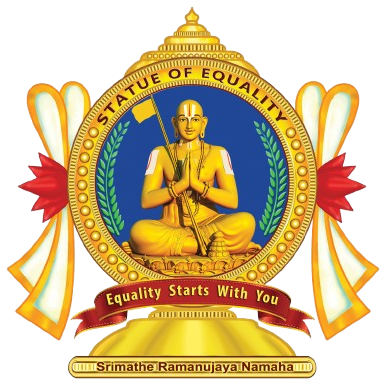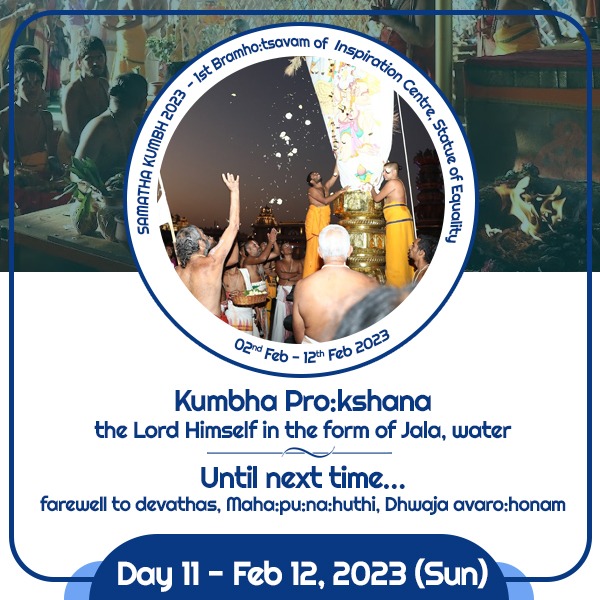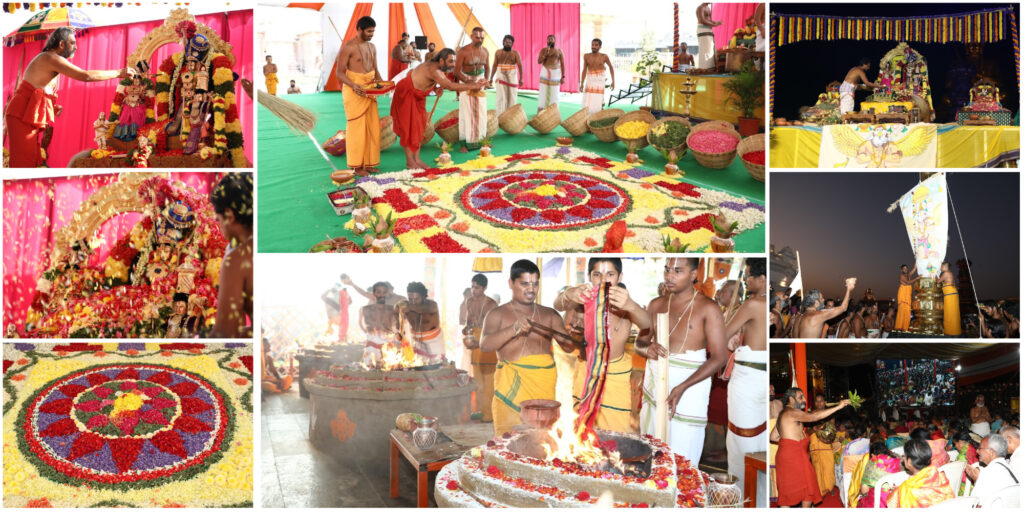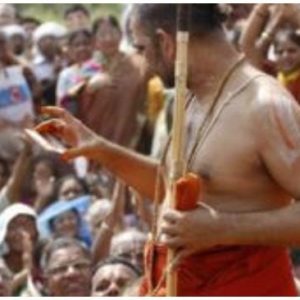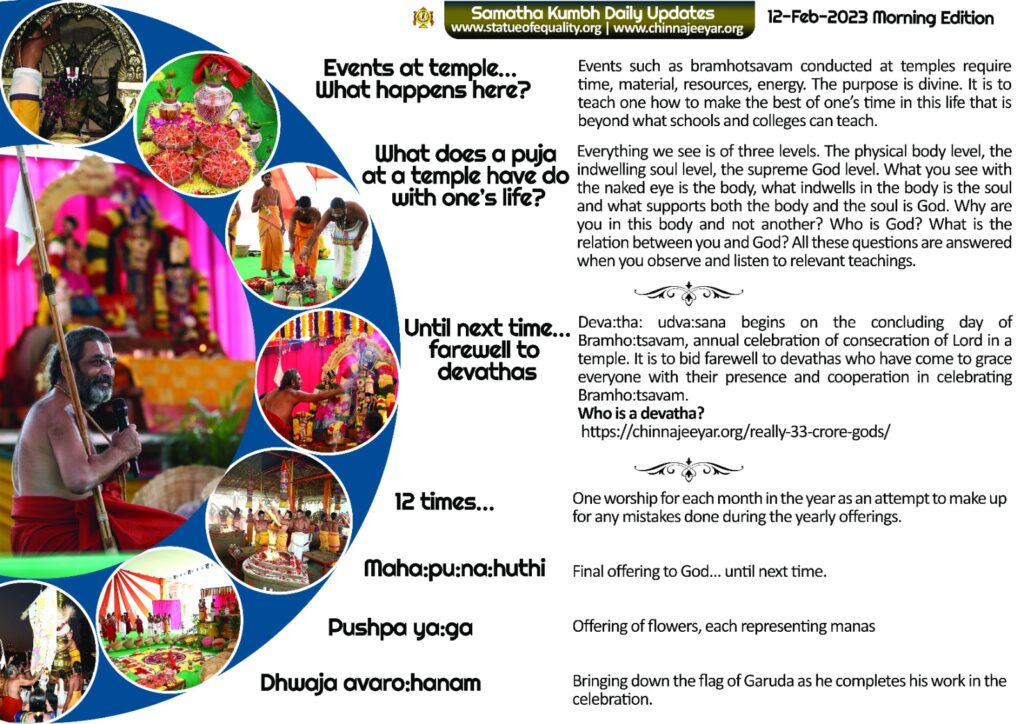
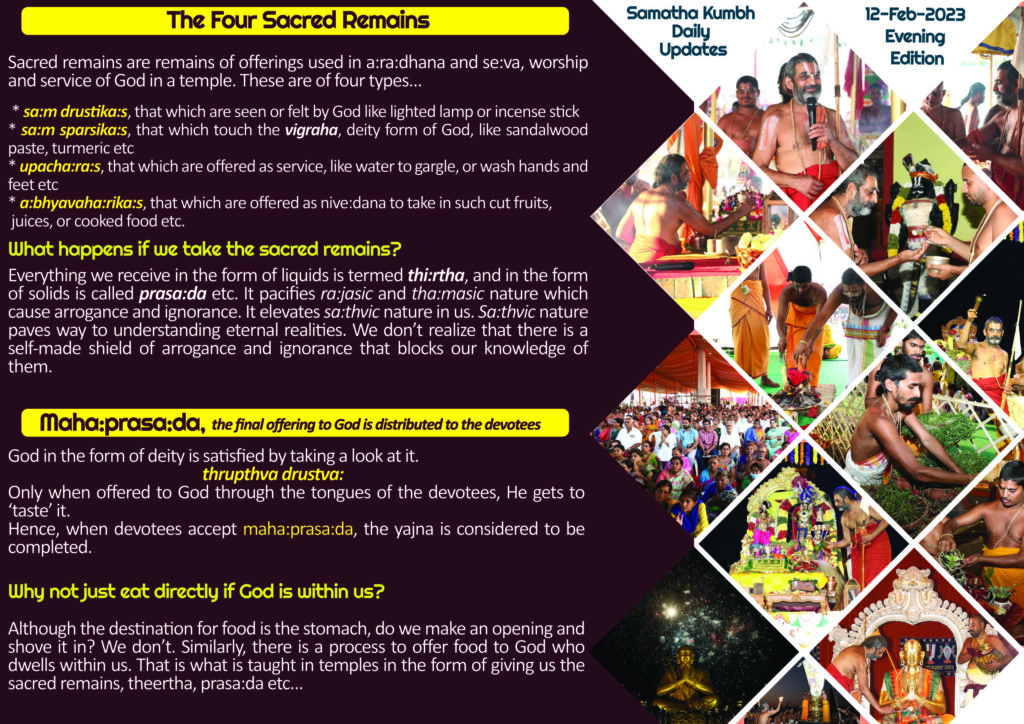
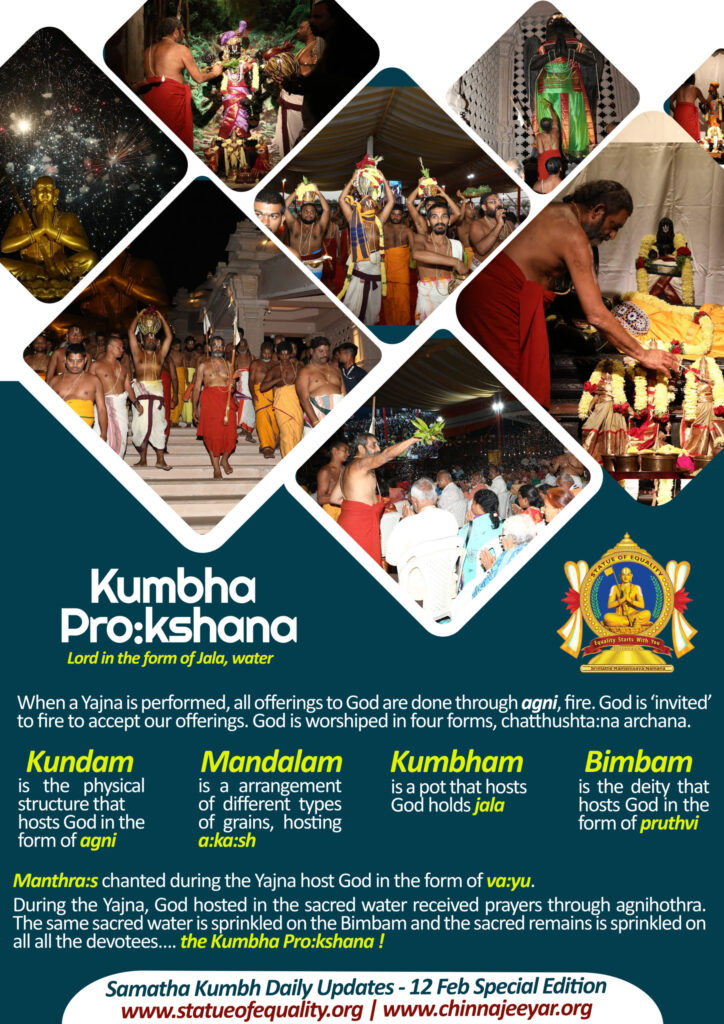
The Four Sacred Remains
Sacred remains are remains of offerings used in a:ra:dhana and se:va, worship and service of God in a temple. These are of four types…
- sa:m drustikas, that which are seen or felt by God like lighted lamp or incense stick
- sa:m sparsikas, that which touch the vigraha, deity form of God, like sandalwood paste, turmeric etc
- upacha:ras, that which are offered as service, like water to gargle, or wash hands and feet etc
- a:bhyavaha:rikaalu, that which are offered as nive:dana to take in such cut fruits, juices, or cooked food etc
What happens if we take the sacred remains?
Everything we receive in the form of liquids is termed theertha, and in the form of solids is called prasa:da etc. It pacifies ra:jasic and tha:masic nature which cause arrogance and ignorance. It elevates sa:thvic nature in us. Sa:thvic nature paves way to understanding eternal realities. We don’t realize that there is a self-made shield of arrogance and ignorance that blocks our knowledge of them…
Kumbha Pro:kshana
the Lord Himself in the form of Jala, water
When a Yajna is performed, all offerings to God are done through agni, fire. God is ‘invited’ to fire to accept our offerings. God is worshiped in four forms, chatthushta:na archana.
- Kundam is the physical structure that hosts God in the form of agni
- Mandalam is a arrangement of different types of grains, hosting akash
- Kumbham is a pot that hosts God holds jala
- Bimbam is the deity that hosts God in the form of pruthvi
Mantras chanted during the Yajna host God in the form of vaayu.
At the end of the Yajna, God hosted in kundam is ‘brought’ into mandalam, and then into kumbham. The sacred water hosting God who received prayers through agnihothra during the Yajna is sprinkled on the bimbham and on the devotees… this is called Kumbha Pro:kshana.
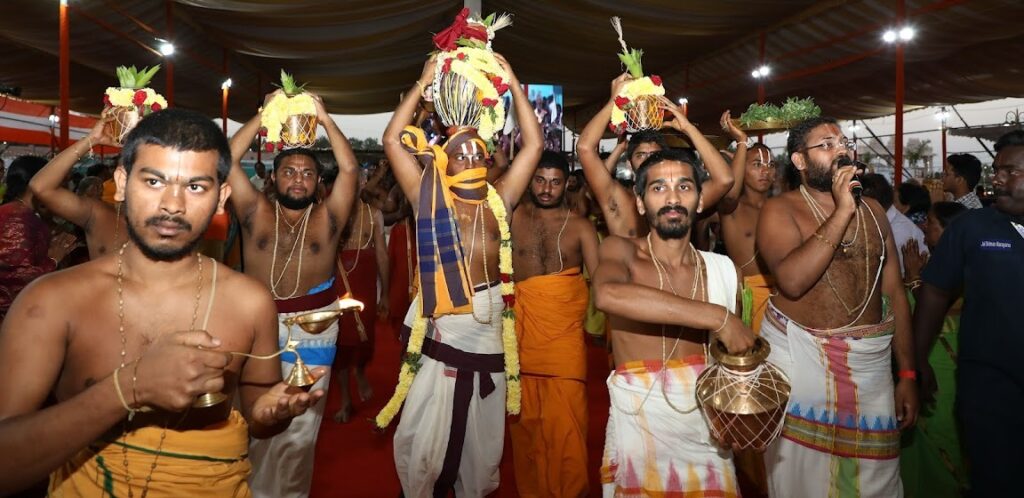
Maha:prasa:da
the final offering to God is distributed to the devotees
God in the form of deity is satisfied by taking a look at it.
thrupthva drustva:
Only when offered to God through
the tongues of the devotees,
He gets to ‘taste’ it.
Hence, when devotees accept maha:prasa:da,
the yajna is considered to be completed
Why not just eat directly if God is within us?
Although the destination for food is the stomach, do we make an opening and shove it in? We don’t. Similarly, there is a process to offer food to God who dwells within us. That is what is taught in temples in the form of giving us the sacred remains, theertha, prasa:da etc…
